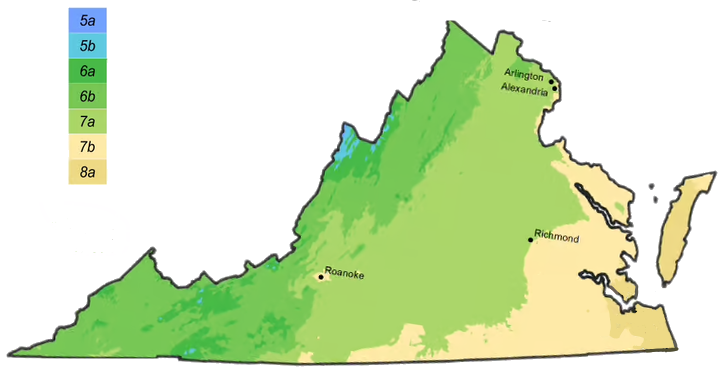Common Name
Yellow passionflower
Plant Form
Herbs
Duration
Perennial
Max Height (ft)
20.0
Growth Rate
Fast
Region
Coastal
Piedmont
Mountain
Hardiness Zone
5,
6,
7,
8,
9

Additional Info
Floodplain forests, alluvial swamps, maritime forests, and mesic to dry upland forests, primarily but not exclusively in base-rich soils; also in riverside prairies, dry rocky woodlands and barrens on mafic and calcareous rocks. Frequent in the piedmont; infrequent in the coastal Plain; infrequent and limited to low elevations in the mountains.
Wildlife Value: This plant attracts hummingbirds, butterflies, bees, and other pollinators. Host plant to the Gulf Fritillary, Zebra Heliconia, and Variegated Fritillary Butterfly. It is a pollen source for the passionflower bee (Anthemurgus passiflorae).
Poisonous to Humans
Poison Severity: Medium
Poison Symptoms: Severe nausea, vomiting, drowsiness, and episodes of irregular heartbeat.
Flower Color
Cream/White
Gold/Yellow
Flower Prominence
Conspicuous
Bloom Time
Spring
Early Summer
Late Summer
Fall
Bloom Month
June
July
August
September
Light Requirements
Full sun
Partial sun
Moisture Requirements
Moist
Dry
Soil Texture
High organic matter
Deer Resitant
Yes
Pollinators
Bees
Butterfiles
Hummingbirds
Recommended for
Nurseries that may carry live plant
